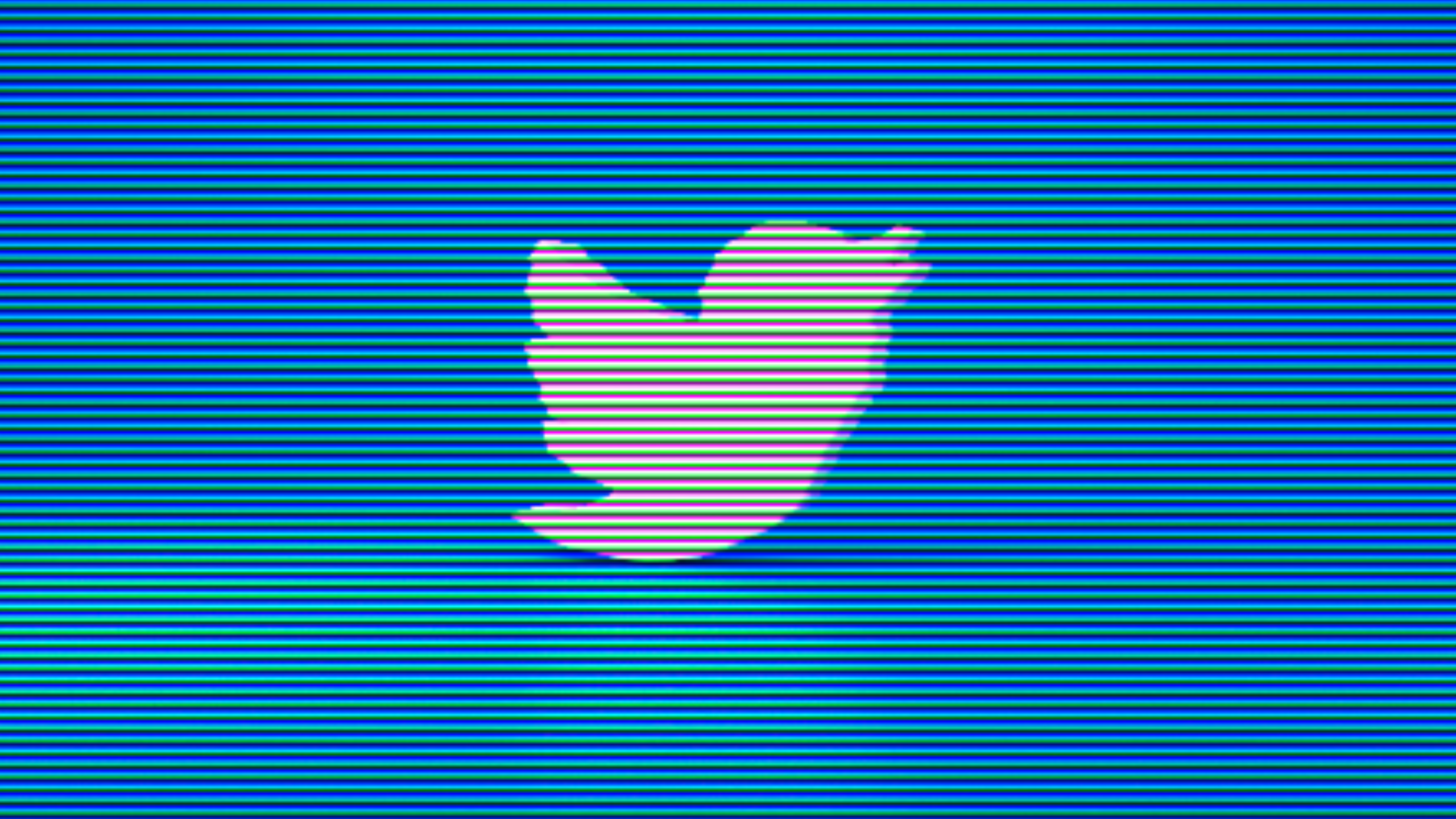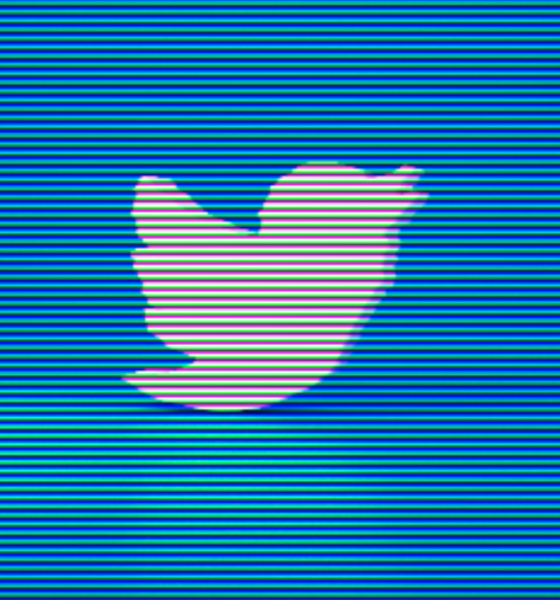A Twitter whistleblower came forward and the claims he made are bringing the heat to the Twitter vs. Elon Musk trial that’s coming up in a couple of months. The whistleblower said he was fired after flagging security concerns to Twitter’s leadership and board. Some of these concerns were about the bots.
It seems that for Twitter, the bots are just the tip of the proverbial iceberg. Lurking in the depths is a threat to users’ personal information, national security, and even democracy. CNN and The Washington Post obtained the whistleblower disclosure which was sent last month to Congress and federal agencies.
According to the reports by both, Peiter “Mudge” Zatko, publicly came forward and said that Twitter has major security flaws that could pose a threat to its user’s personal information, national security, and even democracy.
Zatko is Twitter’s former head of security and once reported directly to the CEO. He wanted to help Twitter fix its technical shortcomings which have been a problem for years. According to Zatko, Twitter’s leadership misled its own board members about its security vulnerabilities; some of which allowed for hacking, disinformation campaigns, and foreign spying.
And when a Twitter user deletes their account, Twitter may not delete their data because it got lost. Additionally, Twitter executives don’t have the resources to fully understand the actual number of bots on its platform. They don’t even want to try, according to Zatko.
Tesla CEO Elon Musk has been smeared by many news outlets for pulling out of his deal with Twitter over the bot issue yet I’ve seen with my own eyes just how problematic these bots are. Every time he tweets, we see these verified crypto scammer bots trying to lure people to click a malicious website. Twitter does nothing. I’ve seen this. Critics of Elon Musk claim that this problem isn’t real and he’s just backing out because he’s a fraud. This, in my opinion, is not true. The bot problem is legitimate.
When CNN asked Twitter for a comment, the company did not hold back with its own spice. It said that Zatko was fired over poor performance and ineffective leadership. Twitter also claimed that Zatko’s narrative was “riddled with inconsistencies and inaccuracies, and lacks important context.”
Twitter also says that said that Zatko’s coming forward appeared designed to inflict harm on Twitter. Here’s the full statement from CNN:
“Mr. Zatko was fired from his senior executive role at Twitter for poor performance and ineffective leadership over six months ago. While we haven’t had access to the specific allegations being referenced, what we’ve seen so far is a narrative about our privacy and data security practices that is riddled with inconsistencies and inaccuracies, and lacks important context. Mr. Zatko’s allegations and opportunistic timing appear designed to capture attention and inflict harm on Twitter, its customers, and its shareholders. Security and privacy have long been company-wide priorities at Twitter and we still have a lot of work ahead of us.”
My 2.5¢
Both articles by CNN and The Washington Post are must-reads and I suggest you go back and read them. The statements that Zatko has made do not look good for Twitter. Neither does Twitter’s response to CNN. If anything, the response itself seemed a bit defensive and for a company that is tangled in a web of lawsuits over bots, it would have been better if Twitter didn’t comment.
Zatko was brought in after the 2020 hack to identify security issues. And when he did, he was fired for it? Speaking of the 2020 hack I’ll share my observations. I remember the uptick of the crypto scammers targeting Elon Musk. They were and still are a constant nuisance. Just before Twitter was hacked, the spamming intensified. And since that hack, the spamming has continued.
These scammers would not only impersonate Elon Musk, but also his followers. I’ve even been impersonated–before I became verified. Many others who Elon would reply to on Twitter were also impersonated. And all too often, when we reported them for impersonation, Twitter would find nothing wrong and give us the automated response saying that the impersonators did not violate Twitter’s terms.
What I find strange is that Twitter still has not solved this issue after having been hacked. At least, it appears that they didn’t solve it. And Zatko’s confirmation that Twitter has no desire to worry me.
Note: Johnna is a Tesla shareholder and supports its mission.
Your feedback is important. If you have any comments, concerns, or see a typo, you can email me at johnna@teslarati.com. You can also reach me on Twitter @JohnnaCrider1

News
Tesla FSD fleet is nearing 7 billion total miles, including 2.5 billion city miles
As can be seen on Tesla’s official FSD webpage, vehicles equipped with the system have now navigated over 6.99 billion miles.

Tesla’s Full Self-Driving (Supervised) fleet is closing in on almost 7 billion total miles driven, as per data posted by the company on its official FSD webpage.
These figures hint at the massive scale of data fueling Tesla’s rapid FSD improvements, which have been quite notable as of late.
FSD mileage milestones
As can be seen on Tesla’s official FSD webpage, vehicles equipped with the system have now navigated over 6.99 billion miles. Tesla owner and avid FSD tester Whole Mars Catalog also shared a screenshot indicating that from the nearly 7 billion miles traveled by the FSD fleet, more than 2.5 billion miles were driven inside cities.
City miles are particularly valuable for complex urban scenarios like unprotected turns, pedestrian interactions, and traffic lights. This is also the difference-maker for FSD, as only complex solutions, such as Waymo’s self-driving taxis, operate similarly on inner-city streets. And even then, incidents such as the San Francisco blackouts have proven challenging for sensor-rich vehicles like Waymos.
Tesla’s data edge
Tesla has a number of advantages in the autonomous vehicle sector, one of which is the size of its fleet and the number of vehicles training FSD on real-world roads. Tesla’s nearly 7 billion FSD miles then allow the company to roll out updates that make its vehicles behave like they are being driven by experienced drivers, even if they are operating on their own.
So notable are Tesla’s improvements to FSD that NVIDIA Director of Robotics Jim Fan, after experiencing FSD v14, noted that the system is the first AI that passes what he described as a “Physical Turing Test.”
“Despite knowing exactly how robot learning works, I still find it magical watching the steering wheel turn by itself. First it feels surreal, next it becomes routine. Then, like the smartphone, taking it away actively hurts. This is how humanity gets rewired and glued to god-like technologies,” Fan wrote in a post on X.
News
Tesla starts showing how FSD will change lives in Europe
Local officials tested the system on narrow country roads and were impressed by FSD’s smooth, human-like driving, with some calling the service a game-changer for everyday life in areas that are far from urban centers.

Tesla has launched Europe’s first public shuttle service using Full Self-Driving (Supervised) in the rural Eifelkreis Bitburg-Prüm region of Germany, demonstrating how the technology can restore independence and mobility for people who struggle with limited transport options.
Local officials tested the system on narrow country roads and were impressed by FSD’s smooth, human-like driving, with some calling the service a game-changer for everyday life in areas that are far from urban centers.
Officials see real impact on rural residents
Arzfeld Mayor Johannes Kuhl and District Administrator Andreas Kruppert personally tested the Tesla shuttle service. This allowed them to see just how well FSD navigated winding lanes and rural roads confidently. Kruppert said, “Autonomous driving sounds like science fiction to many, but we simply see here that it works totally well in rural regions too.” Kuhl, for his part, also noted that FSD “feels like a very experienced driver.”
The pilot complements the area’s “Citizen Bus” program, which provides on-demand rides for elderly residents who can no longer drive themselves. Tesla Europe shared a video of a demonstration of the service, highlighting how FSD gives people their freedom back, even in places where public transport is not as prevalent.
What the Ministry for Economic Affairs and Transport says
Rhineland-Palatinate’s Minister Daniela Schmitt supported the project, praising the collaboration that made this “first of its kind in Europe” possible. As per the ministry, the rural rollout for the service shows FSD’s potential beyond major cities, and it delivers tangible benefits like grocery runs, doctor visits, and social connections for isolated residents.
“Reliable and flexible mobility is especially vital in rural areas. With the launch of a shuttle service using self-driving vehicles (FSD supervised) by Tesla in the Eifelkreis Bitburg-Prüm, an innovative pilot project is now getting underway that complements local community bus services. It is the first project of its kind in Europe.
“The result is a real gain for rural mobility: greater accessibility, more flexibility and tangible benefits for everyday life. A strong signal for innovation, cooperation and future-oriented mobility beyond urban centers,” the ministry wrote in a LinkedIn post.
News
Tesla China quietly posts Robotaxi-related job listing
Tesla China is currently seeking a Low Voltage Electrical Engineer to work on circuit board design for the company’s autonomous vehicles.

Tesla has posted a new job listing in Shanghai explicitly tied to its Robotaxi program, fueling speculation that the company is preparing to launch its dedicated autonomous ride-hailing service in China.
As noted in the listing, Tesla China is currently seeking a Low Voltage Electrical Engineer to work on circuit board design for the company’s autonomous vehicles.
Robotaxi-specific role
The listing, which was shared on social media platform X by industry watcher @tslaming, suggested that Tesla China is looking to fill the role urgently. The job listing itself specifically mentions that the person hired for the role will be working on the Low Voltage Hardware team, which would design the circuit boards that would serve as the nervous system of the Robotaxi.
Key tasks for the role, as indicated in the job listing, include collaboration with PCB layout, firmware, mechanical, program management, and validation teams, among other responsibilities. The role is based in Shanghai.
China Robotaxi launch
China represents a massive potential market for robotaxis, with its dense urban centers and supportive policies in select cities. Tesla has limited permission to roll out FSD in the country, though despite this, its vehicles have been hailed as among the best in the market when it comes to autonomous features. So far, at least, it appears that China supports Tesla’s FSD and Robotaxi rollout.
This was hinted at in November, when Tesla brought the Cybercab to the 8th China International Import Expo (CIIE) in Shanghai, marking the first time that the autonomous two-seater was brought to the Asia-Pacific region. The vehicle, despite not having a release date in China, received a significant amount of interest among the event’s attendees.










